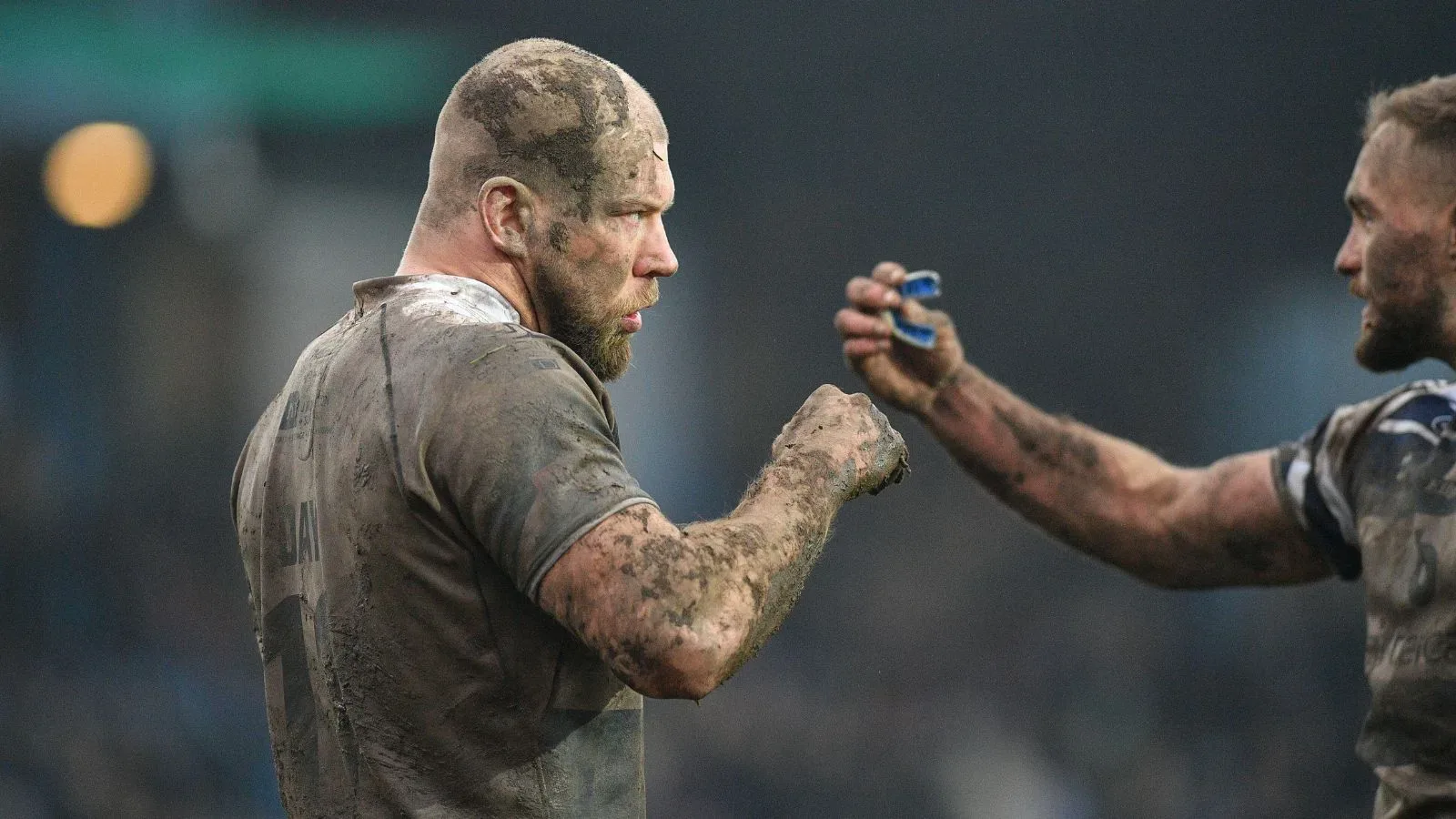The Evolving Role of Forwards and Backs in Rugby League
The landscape of rugby league has undergone a remarkable transformation over the past decade, with the traditional divide between forwards and backs becoming increasingly blurred. As the sport continues to evolve, the way clubs approach the workload of these two key positions has changed significantly.
Traditionally, the forwards were the “grunt” workers, providing the muscle and doing the dirty work, while the backs showcased the flair and skill. However, this dichotomy has been challenged in recent years, as the game has become faster and more fluid.
Analyzing the data from the past ten years, the shift in ball-carrying trends is evident. In 2014, six forwards and four backs made it into the top 10 for ball carries over the season. By 2019, that number had reduced to four forwards, with the remaining six coming from the back five positions. And in 2024, not a single forward is to be found in the top 20 ball carriers.
This trend is mirrored in the metre-making statistics as well. While forwards like Chris Hill, Liam Watts, and Josh Jones featured prominently in the top 10 metre-makers in recent years, the 2024 season has seen the entire top 15 occupied by players in the back five positions, with Paul Vaughan and Rhyse Martin the only forwards cracking the top 20.
“The majority of teams are looking for wingers who can carry 15 to 20 times a game and run for 150 metres and take pressure off their forward pack,” – St Helens coach Paul Wellens
This shift is driven by several factors, including the increased fatigue in the game, the need for greater fitness across all 13 players, and the impact of match limits, which have forced teams to rethink their tactics and playing styles.
The Changing Profile of the Ideal Rugby League Player
As the game continues to evolve, the profile of the ideal rugby league player is also changing. While pace and athleticism remain important, clubs are now placing a greater emphasis on size and strength, particularly in the outside back positions. The game you watched even a decade ago is no longer recognizable, as the best forwards are now the lighter and more mobile ones, while the most effective backs are the bigger and stronger players.
Rugby league has come a long way in the past 10 years, and the way forwards and backs contribute to the game has been revolutionized. As the sport continues to adapt and evolve, it will be fascinating to see how these trends unfold in the years ahead.
🔗 Source



